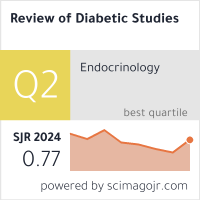Workplace Violence Prevention Models: Effectiveness Of Behavioral Threat Assessment Teams In Hospitals
DOI:
https://doi.org/10.1900/xa3svh60Abstract
Workplace violence in hospitals ranges from verbal abuse to aggravated assault and homicide, with downstream effects on workforce retention, patient safety, and organizational resilience. In recent years, many health systems have turned to multidisciplinary Behavioral Threat Assessment and Management (BTAM) teams—sometimes called threat assessment teams (TATs) or threat management teams (TMTs)—to identify, assess, and manage persons of concern and conditions of concern before harm occurs. This review synthesizes the conceptual foundations, regulatory and accreditation drivers, and emerging evidence for BTAM effectiveness in hospital settings. We outline team composition, workflows, structured professional judgment tools, and data/analytics pipelines that enable proactive, defensible interventions. We then integrate findings from randomized trials of hospital workplace violence prevention, quasi-experimental interventions, and system case studies, and we map these results to BTAM components. Finally, we propose implementation metrics, equity considerations, and a research agenda to strengthen the evidence base for BTAM teams as a cornerstone of comprehensive workplace violence prevention in healthcare.
Downloads
Published
Issue
Section
License

This work is licensed under a Creative Commons Attribution-ShareAlike 4.0 International License.


